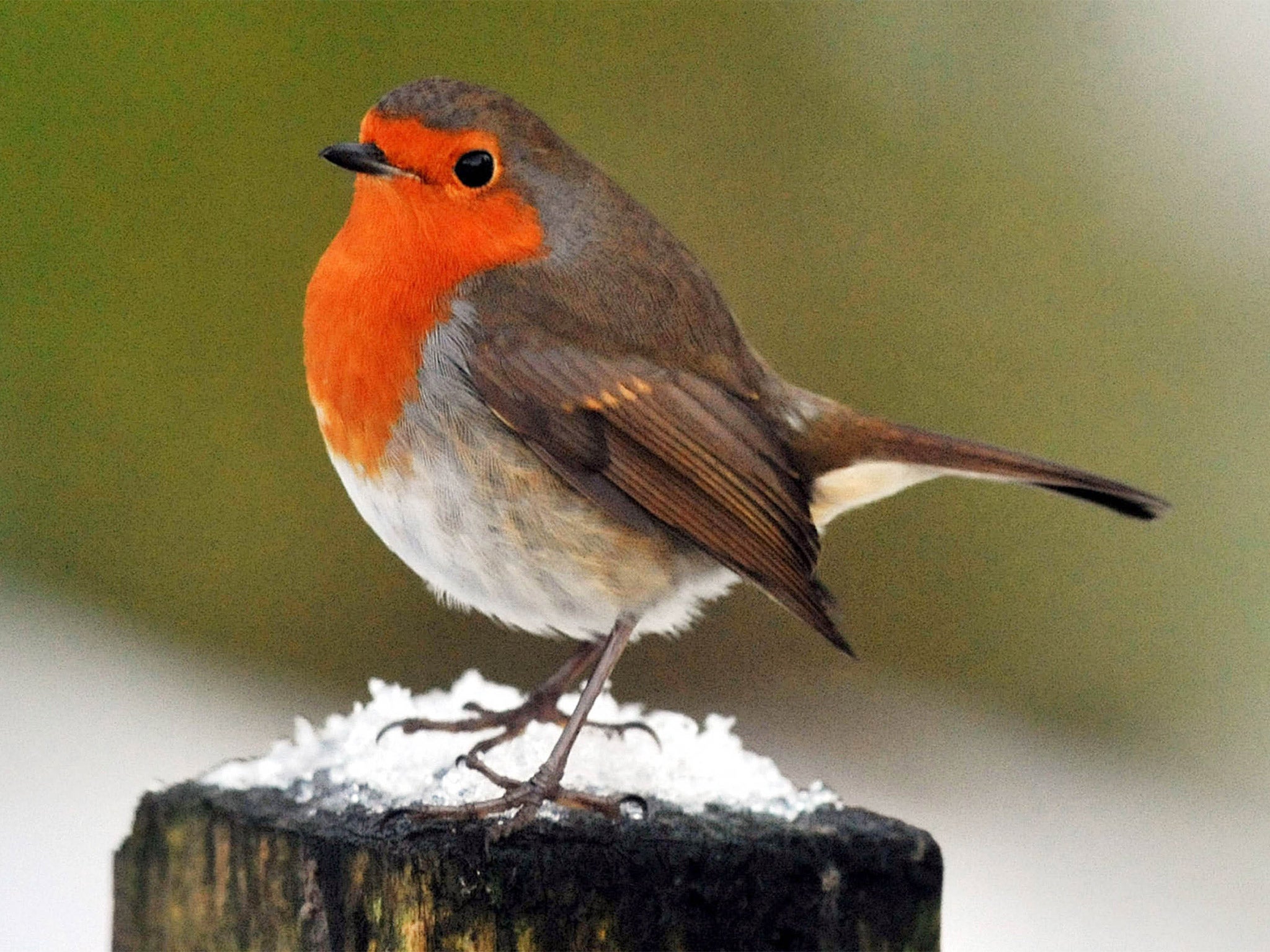Robin crowned as UK's national bird: It's aggressive, vicious, but peculiarly British
They are found all over the UK, so no-one is really more than a few footsteps away from a robin at any time on the mainland

Your support helps us to tell the story
From reproductive rights to climate change to Big Tech, The Independent is on the ground when the story is developing. Whether it's investigating the financials of Elon Musk's pro-Trump PAC or producing our latest documentary, 'The A Word', which shines a light on the American women fighting for reproductive rights, we know how important it is to parse out the facts from the messaging.
At such a critical moment in US history, we need reporters on the ground. Your donation allows us to keep sending journalists to speak to both sides of the story.
The Independent is trusted by Americans across the entire political spectrum. And unlike many other quality news outlets, we choose not to lock Americans out of our reporting and analysis with paywalls. We believe quality journalism should be available to everyone, paid for by those who can afford it.
Your support makes all the difference.The popular image of the robin is of a bird with a great deal of appeal and charm, that everybody is familiar with from childhood. So people might perhaps be surprised to learn that their true nature can be aggressive at times.
Male robins compete very extensively both for territory and females – indeed studies have found that fake robins or dead stuffed robins have been attacked quite viciously by the birds that are already there when placed in their territory.
However, it’s a very appropriate bird for Britain, for several reasons. It’s certainly a bird which can be very plucky, and perhaps that does say something about the British spirit. And they are found all over the UK, so no-one is really more than a few footsteps away from a robin at any time on the mainland.
There are also cultural connections that make them very popular in folklore. The Victorian postmen used to be known as robins because part of their tunic was red – and when Christmas cards first came into vogue they were brought by robins, i.e. the postman. That connection has been embellished and stuck and that’s why we tend to get robins on Christmas cards.
Join our commenting forum
Join thought-provoking conversations, follow other Independent readers and see their replies
Comments